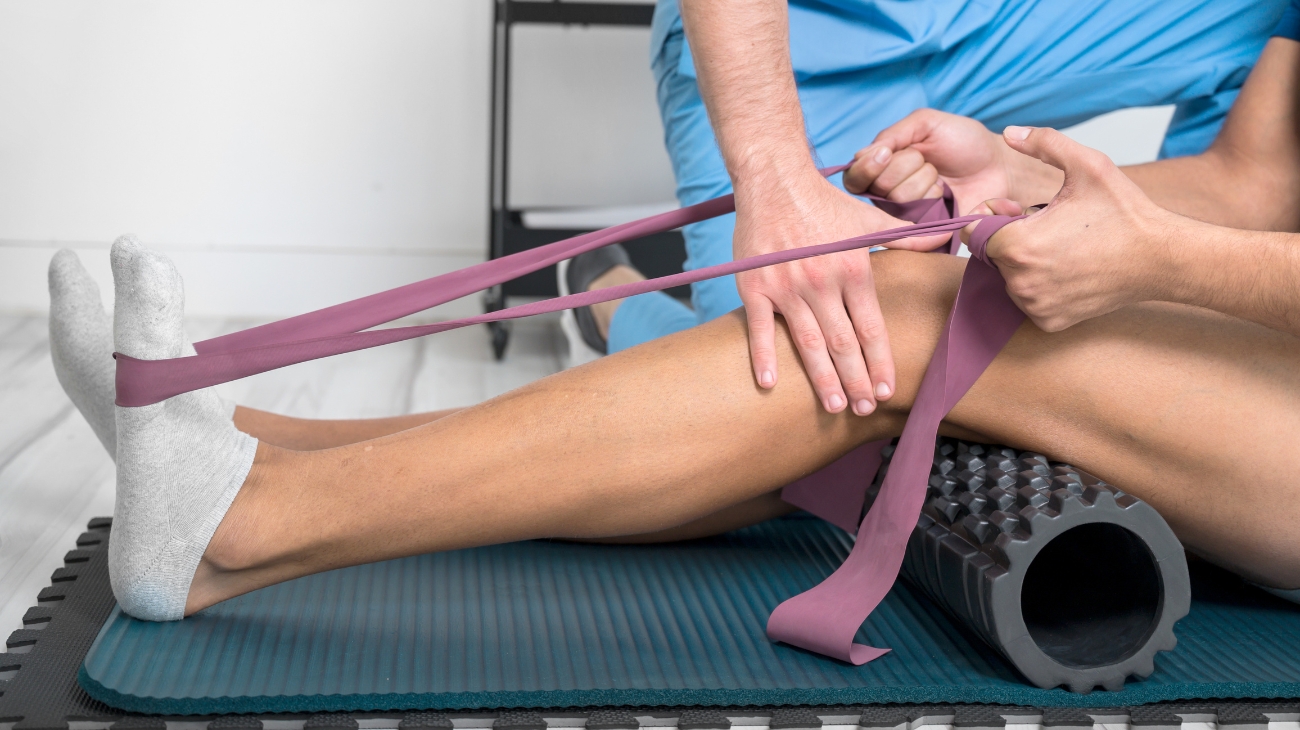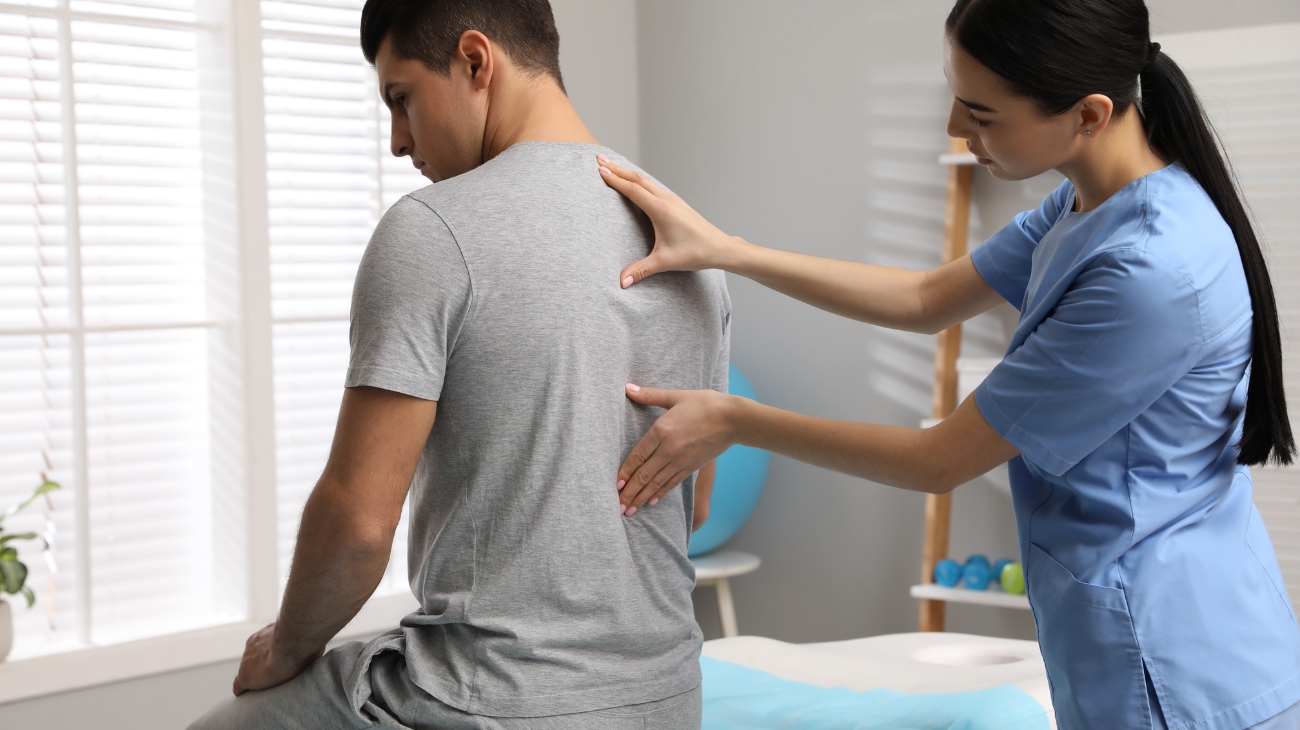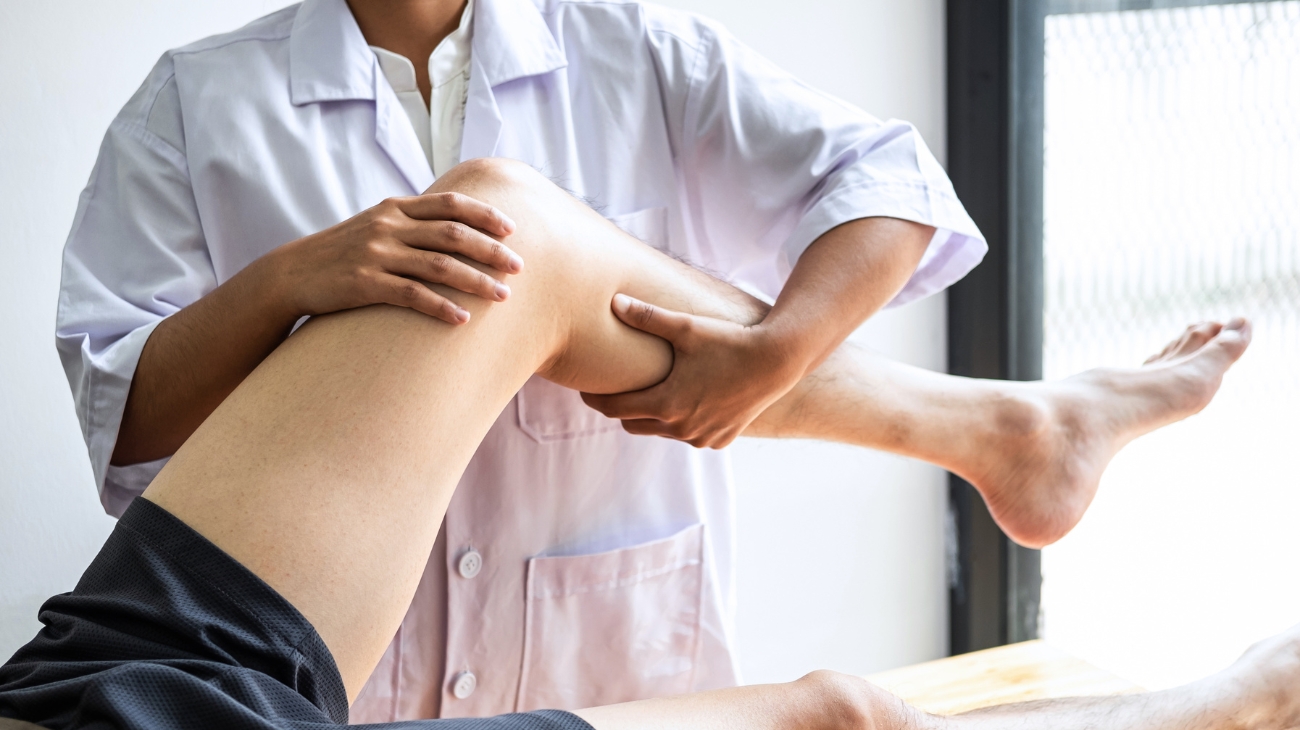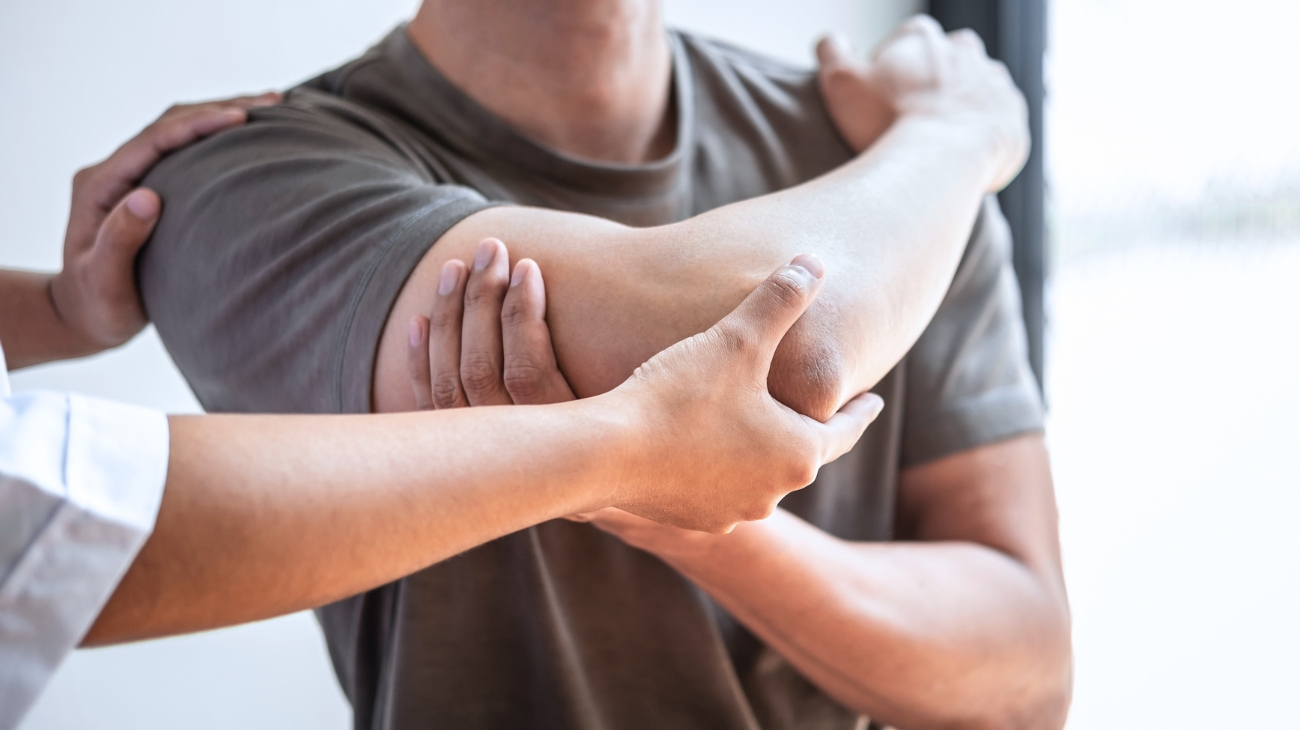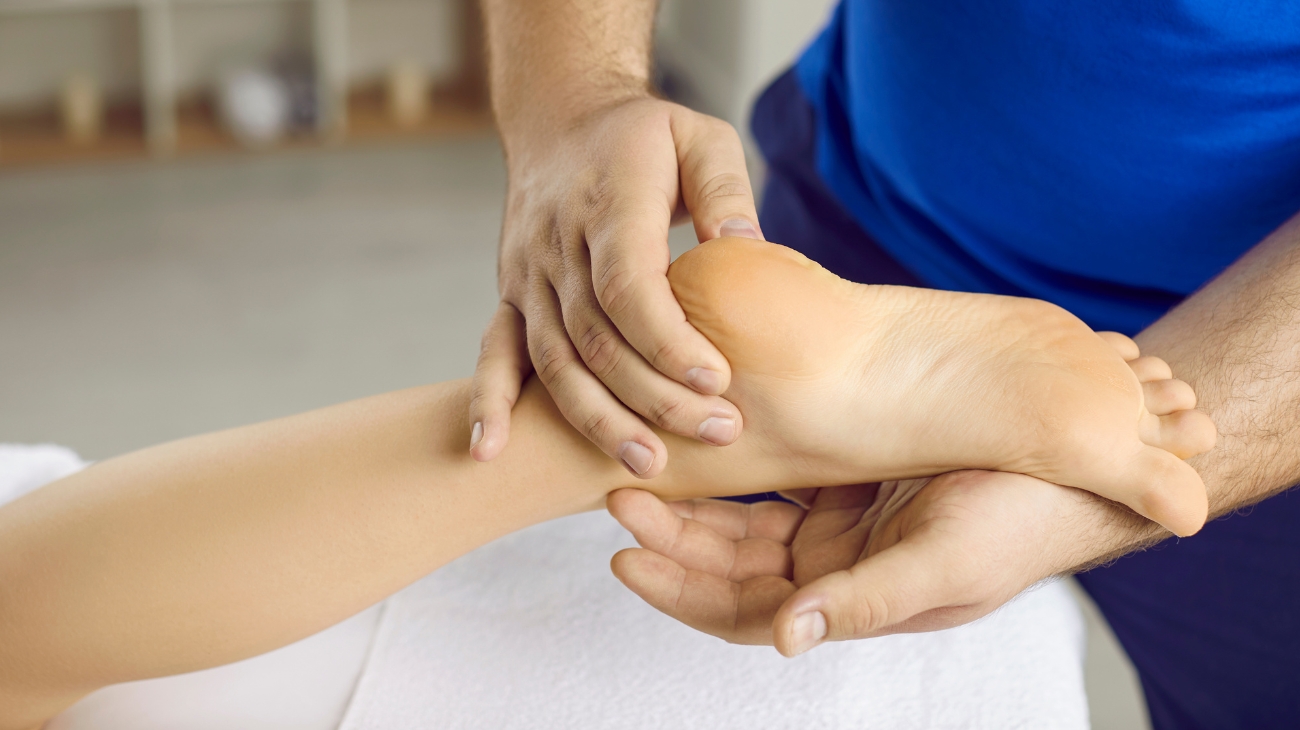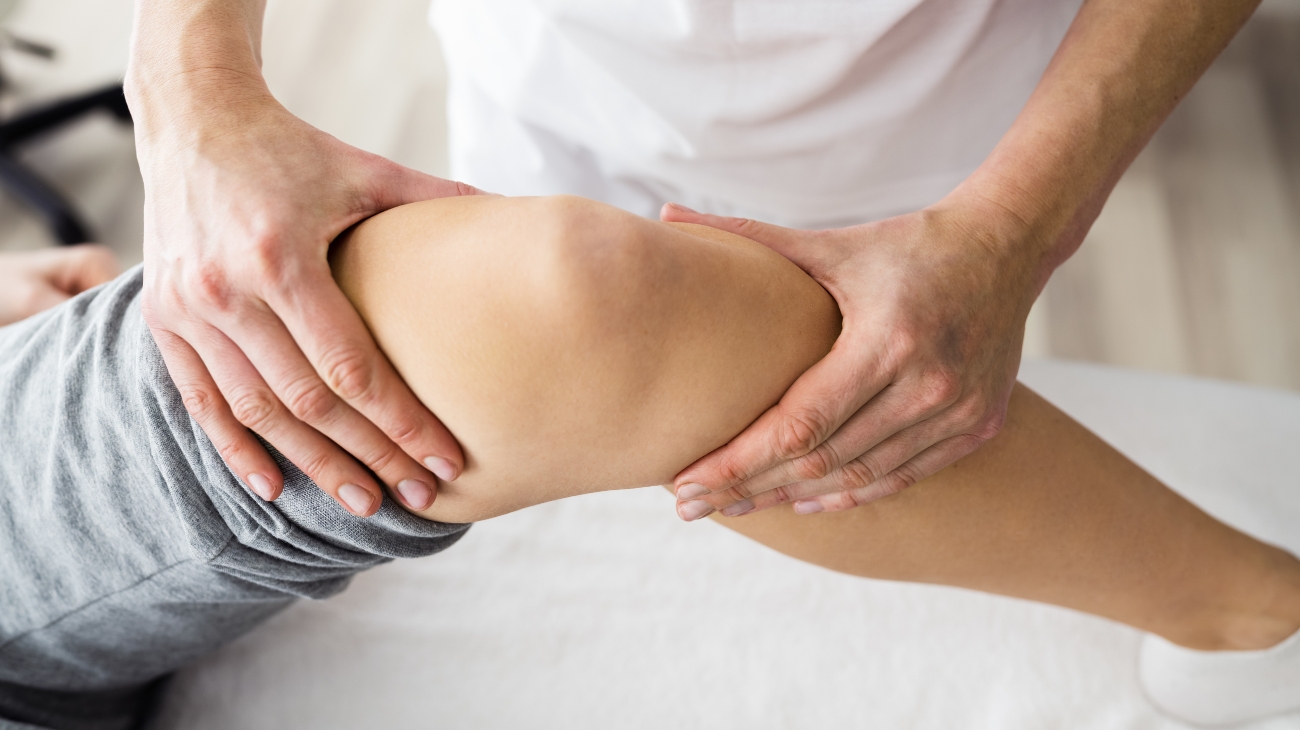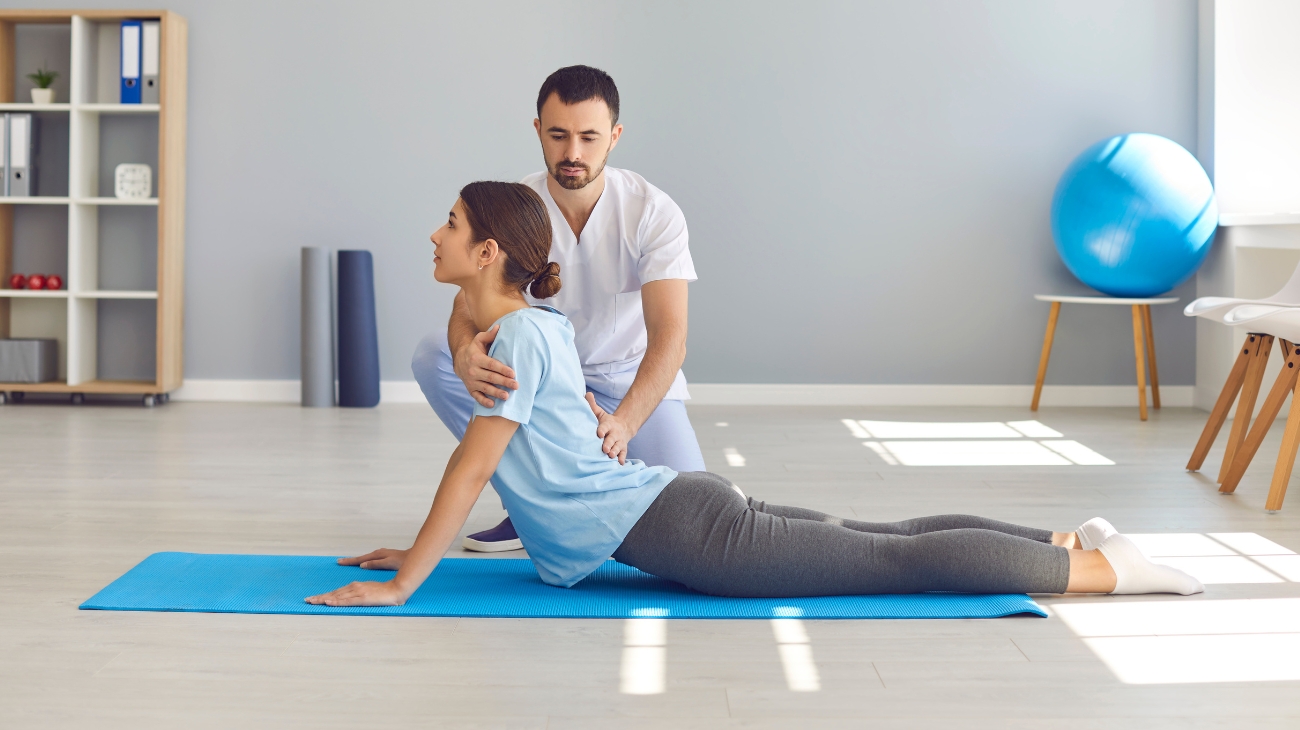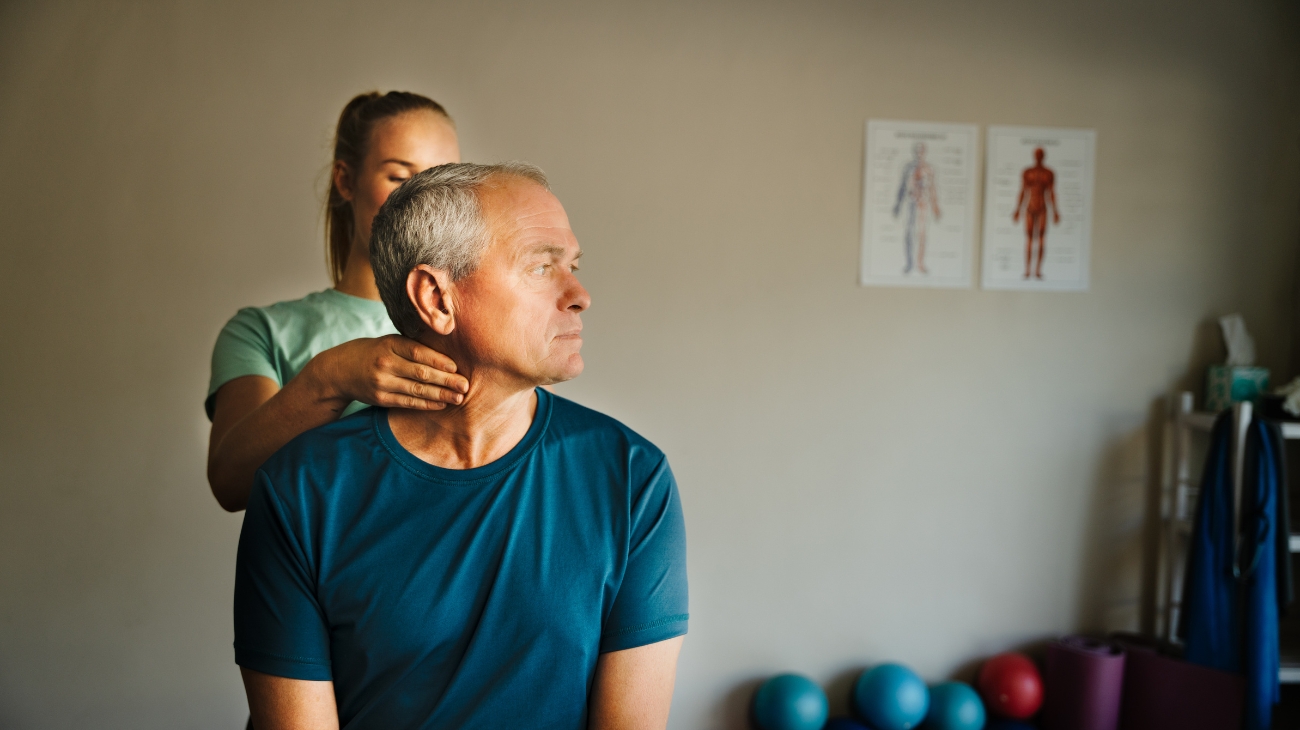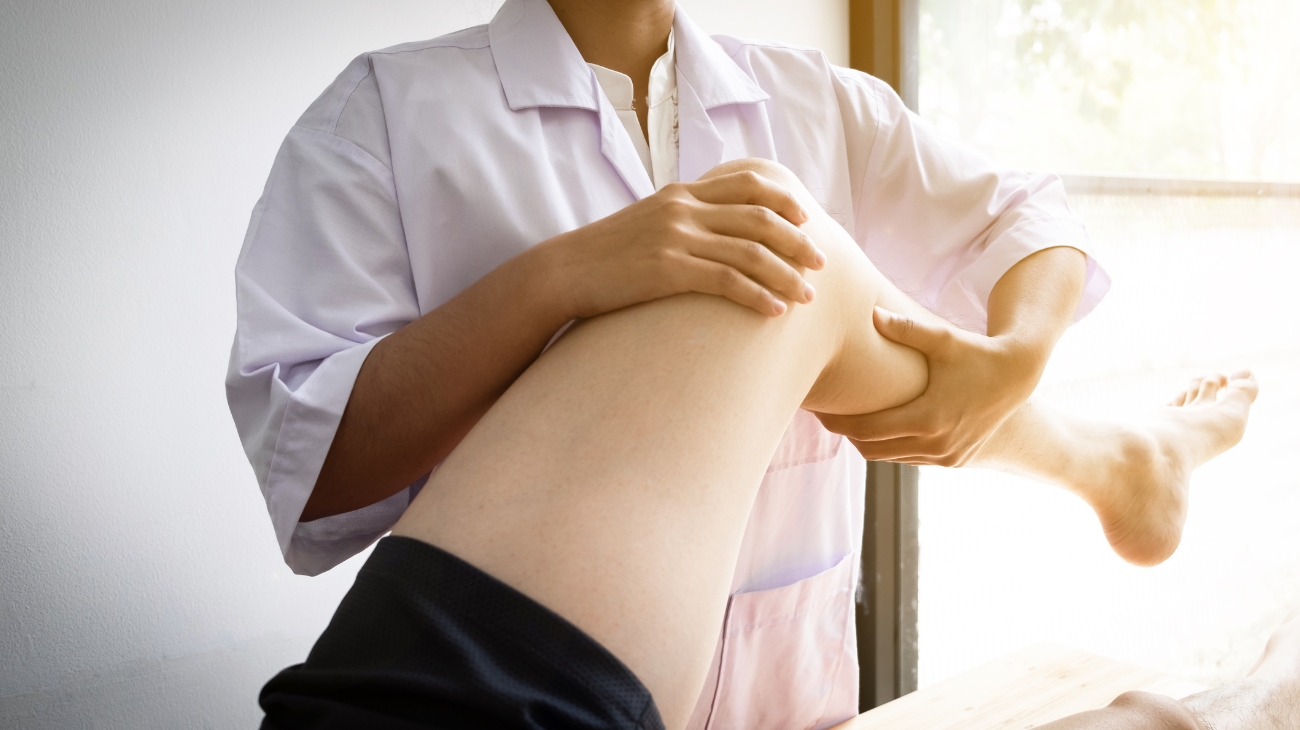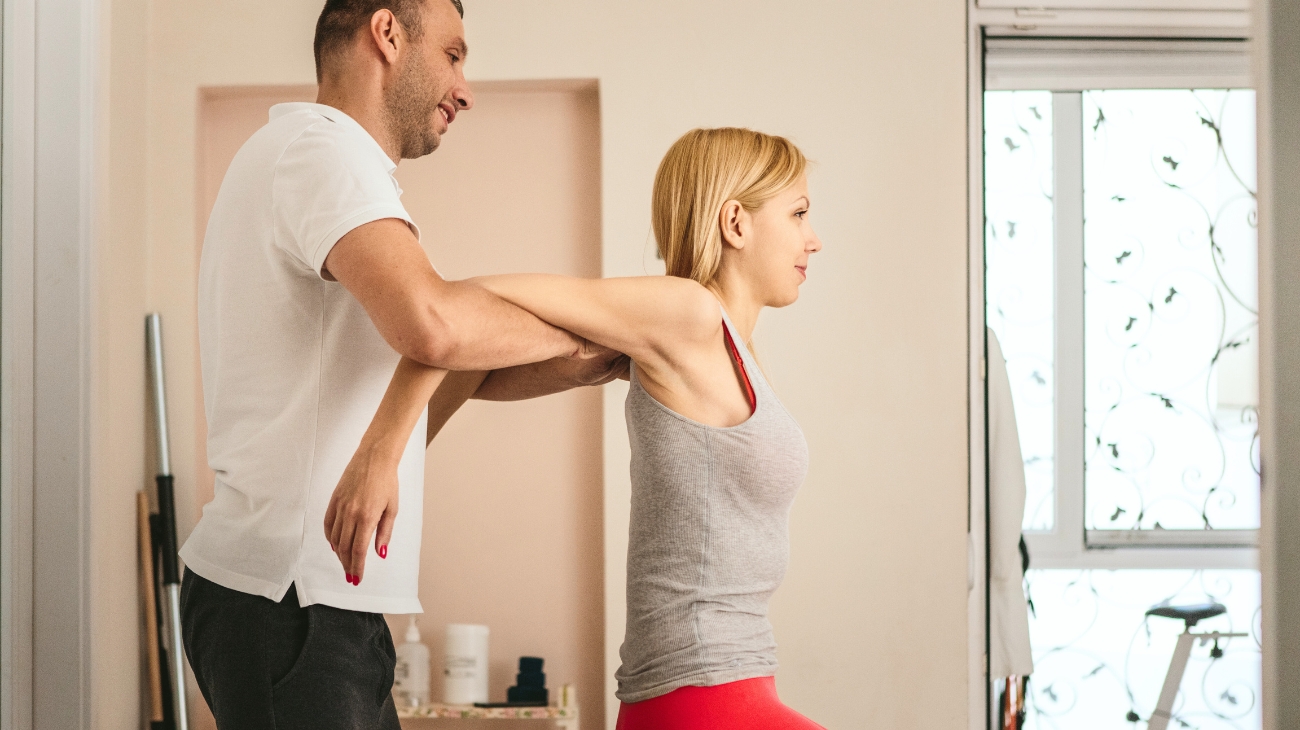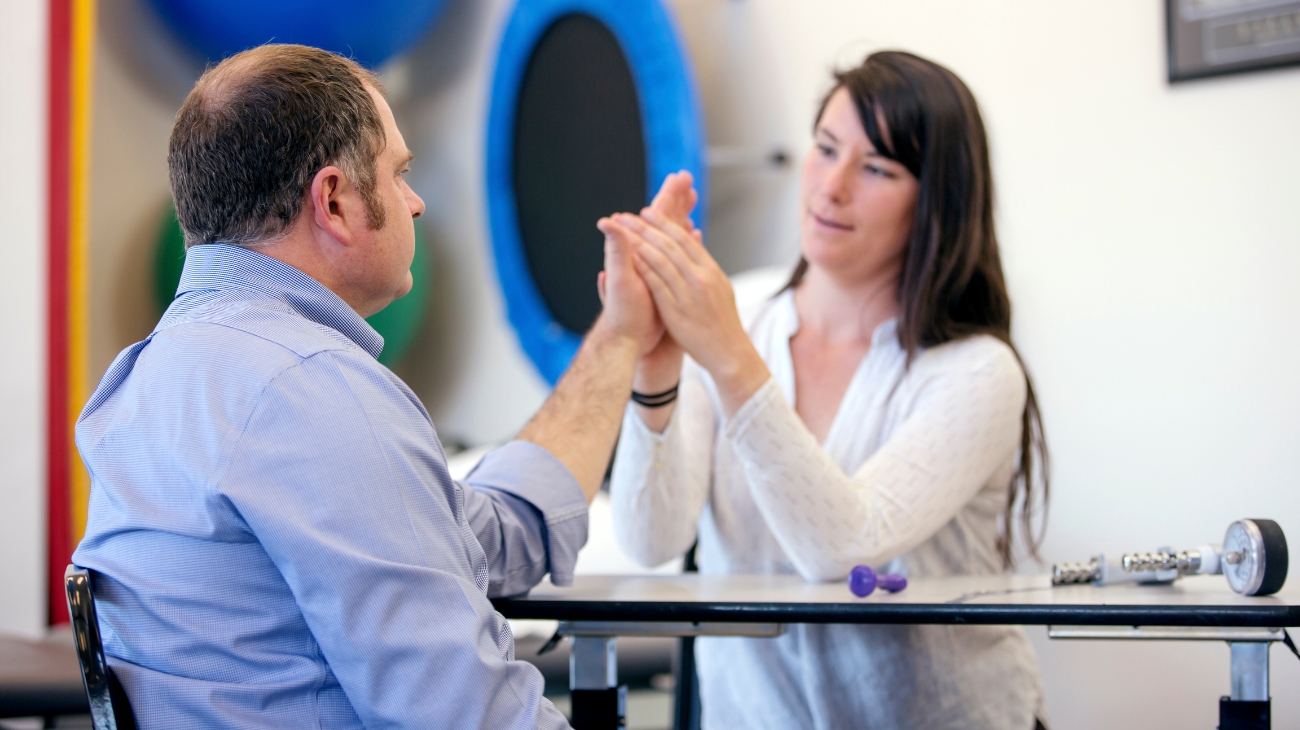Is essential to have knowledge of the best exercises for neck injury and pain rehabilitation because neck pain is a common complaint among people of all ages. Neck injuries can result from poor posture, whiplash, or repetitive movements, leading to decreased range of motion, weakness, and pain.
Rehabilitation exercises for the neck aim to strengthen the muscles that support the neck and improve flexibility, thereby reducing pain and improving overall function. In addition to reducing pain and improving function, rehabilitation exercises for neck injuries can also prevent future injuries.
Best neck rehab and mobility exercises
By strengthening the neck muscles and improving range of motion, individuals are less likely to suffer from neck pain and injuries caused by repetitive movements or poor posture. Knowing the best exercises for neck rehabilitation can help Physical Therapists create personalized treatment plans that address the specific needs and goals of each patient, leading to better outcomes and a higher quality of life for those suffering from neck injuries and pain.
1 - Chin tucks
To perform chin tucks correctly, follow these steps:
- Sit or stand with proper posture, ensuring your head is aligned with your spine.
- Gently retract your chin by moving it straight back, creating a double chin appearance.
- Maintain a slow and controlled movement without tilting your head up or down.
- Hold the tucked position for a few seconds.
- Release and repeat for several repetitions.
Muscles involved:
- Longus colli: This deep neck muscle helps in flexing the neck and stabilizing the cervical spine.
- Sternocleidomastoid (SCM): The SCM is stretched during chin tucks, promoting better neck alignment.
2 - 4-Point Chin Tuck (Bands)
Performing the Point Chin Tuck with Bands exercise correctly involves the following steps:
- Secure a resistance band at chest height, anchoring it to a sturdy point.
- Stand facing the anchor point and hold the band with both hands, palms facing down.
- Take a step back to create tension in the band, with your arms extended in front of you.
- Maintain proper posture with shoulders relaxed and chest up.
- Slowly tuck your chin towards your chest while keeping your gaze straight ahead.
- Hold the tucked position briefly, engaging your neck muscles.
- Return to the starting position, keeping tension in the band.
Muscles involved:
- Longus colli: This deep neck muscle aids in cervical spine flexion.
- Sternocleidomastoid (SCM): The SCM contracts eccentrically to control the chin tuck.
- Scalene muscles: These muscles assist in neck flexion and lateral neck stability.
3 - Cervical flexion
Performing cervical flexion exercises correctly is crucial for neck health:
- Sit or stand with good posture, ensuring your spine is aligned.
- Gently lower your chin towards your chest, keeping your movement slow and controlled.
- Aim to create a slight stretch in the back of your neck without straining.
- Hold the flexed position for a few seconds.
- Slowly return your head to the neutral position.
Muscles involved:
- Sternocleidomastoid (SCM): The SCM assists in neck flexion.
- Longus colli: A deep neck muscle, it contributes to cervical spine flexion.
- Scalene muscles: These muscles play a role in neck flexion and lateral neck stability.
- Splenius capitis: This muscle group helps control neck flexion.
4 - Cervical rotation
Performing cervical rotation exercises correctly is essential for neck mobility and strength:
- Sit or stand with good posture, ensuring your spine is upright.
- Slowly turn your head to one side, as if trying to look over your shoulder.
- Keep your chin level and avoid tilting your head up or down.
- Hold the rotated position for a few seconds, feeling a gentle stretch.
- Return your head to the neutral position.
- Repeat the motion to the other side.
Muscles involved:
- Sternocleidomastoid (SCM): The SCM assists in rotating the head.
- Splenius capitis: These muscles play a role in head rotation and neck stability.
- Levator scapulae: These muscles help elevate and rotate the scapula, contributing to neck rotation.
5 - Cervical extension
Performing cervical extension exercises correctly is vital for neck health:
- Begin by sitting or standing with good posture, keeping your spine aligned.
- Place your hands on your hips or the back of your head for support.
- Slowly tilt your head backward, looking up at the ceiling.
- Aim to create a gentle stretch in the front of your neck without straining.
- Hold the extended position for a few seconds.
- Gradually return your head to the neutral position.
Muscles involved:
- Splenius capitis: These muscles are primarily responsible for extending and rotating the head.
- Erector spinae: This group of muscles assists in maintaining an upright posture and extending the neck.
6 - Cervical lateral flexion
Performing cervical lateral flexion exercises correctly is crucial for neck mobility and strength:
- Sit or stand with proper posture, ensuring your spine is upright.
- Keep your shoulders relaxed and your chin level.
- Slowly tilt your head to one side, bringing your ear toward your shoulder.
- Avoid lifting or rotating your shoulder during the movement.
- Hold the lateral flexed position for a few seconds, feeling a gentle stretch on the opposite side.
- Gradually return your head to the neutral position.
- Repeat the exercise on the opposite side.
Muscles involved:
- Sternocleidomastoid (SCM): The SCM aids in lateral flexion when contracting on one side.
- Scalene muscles: These muscles assist in lateral flexion and stabilize the neck during the movement.
- Levator scapulae: These muscles can also contribute to lateral flexion when engaged.
7 - Isometric cervical flexion (Bands)
Performing Isometric Cervical Flexion with Elastic Bands is beneficial for neck stability and strengthening:
- Begin in a seated position with proper posture, your spine aligned, and the elastic band securely anchored at head height.
- Loop the band around the back of your head, holding one end in each hand.
- Gently press your forehead into the band, creating tension while keeping your chin level.
- Maintain this position for 5-10 seconds, engaging your neck muscles.
- Release the tension slowly and return to the starting position.
Muscles involved:
- Longus colli: This deep neck muscle stabilizes and supports the cervical spine during the isometric contraction.
- Sternocleidomastoid (SCM): The SCM is activated to maintain proper head and chin positioning.
- Scalene muscles: These muscles assist in maintaining lateral stability during the exercise.
8 - Isometric cervical flexion (Towel)
Isometric cervical flexion with a towel is a valuable exercise for neck strengthening and stability:
- Begin in a seated position with good posture, ensuring your spine is upright.
- Fold a small towel and place it against your forehead.
- Gently press your forehead into the towel, creating resistance without allowing any actual movement.
- Maintain this isometric contraction for 5-10 seconds while keeping your chin level.
- Release the pressure slowly, returning to the initial position.
Muscles involved:
- Longus colli: This deep neck muscle stabilizes the cervical spine during the isometric contraction.
- Sternocleidomastoid (SCM): The SCM plays a role in maintaining head and chin positioning.
- Scalene muscles: These muscles contribute to lateral neck stability during the exercise.
9 - Isometric cervical lateral flexion
Performing Isometric Cervical Lateral Flexion correctly is crucial for strengthening the neck and enhancing stability:
- Sit or stand with proper posture, ensuring your spine is aligned.
- Keep your shoulders relaxed and chin level.
- Place your hand on the side of your head, just above the ear.
- Apply gentle resistance by pushing your head into your hand, without allowing any actual movement.
- Maintain this isometric contraction for 5-10 seconds.
- Relax and return to the neutral position.
- Repeat the exercise on the opposite side by placing your hand on the other side of your head.
Muscles involved:
- Sternocleidomastoid (SCM): The SCM stabilizes and assists in the lateral flexion of the neck.
- Scalene muscles: These muscles provide lateral neck stability and contribute to the isometric contraction.
- Levator scapulae: They also play a role in lateral neck flexion and stabilization.
10 - Cervical circles
Cervical circles are a mobility exercise designed to improve the range of motion in the neck and reduce stiffness:
- Sit or stand with good posture, ensuring your spine is upright and your shoulders are relaxed.
- Slowly and gently rotate your head in a circular motion, starting by moving your chin towards your chest.
- Continue the circular motion by tilting your head to one side, then leaning it back, and finally, tilting it to the opposite side.
- Keep the movement slow and controlled, avoiding any abrupt or forceful motions.
- Complete several circles in one direction and then switch to the other direction.
Muscles involved:
- Sternocleidomastoid (SCM): The SCM helps in various directions of head movement during the circles.
- Splenius capitis: These muscles play a role in head rotation and lateral flexion.
- Scalene muscles: They assist in lateral flexion and provide stability during the circular motion.
Best products for neck pain relief
Bestseller
-
Microwave Heating Pad for Neck & Shoulder Pain Relief (Hearts)
$29.95 -
Microwave Heating Pad for Neck & Shoulder Pain Relief (Oxford)
$29.95 -
Microwave Heating Pad for Neck & Shoulder Pain Relief (Sport)
$29.95 -
Microwave Heating Pad for Neck Pain Relief (Hearts)
$24.95 -
Microwave Heating Pad for Neck Pain Relief (Oxford)
$24.95 -
Microwave Heating Pad for Neck Pain Relief (Sport)
$24.95 -
Microwaveable Heating Pad for Pain Relief (Hearts)
$24.95 -
Microwaveable Heating Pad for Pain Relief (Oxford)
$24.95
Most common neck injuries
This list of the most common neck and cervical injuries and pain that individuals may experience. These include:
- Whiplash: A neck injury caused by sudden acceleration or deceleration, such as during a car accident.
- Cervical strain: This occurs when the neck muscles are stretched or torn due to overuse or trauma.
- Cervical herniated disc: A condition in which the gel-like center of a cervical disc pushes through a crack in the disc's exterior, causing pain and discomfort.
- Cervical radiculopathy: A condition in which a nerve in the neck is compressed, leading to pain, numbness, and weakness that can radiate into the arm and hand.
- Cervical spondylosis: A degenerative condition that affects the discs and joints in the neck, leading to pain, stiffness, and loss of mobility.
- Torticollis: A condition in which the neck muscles contract, causing the head to twist to one side and leading to pain and discomfort.
Benefits of rehab exercises for neck pain
Performing rehabilitation exercises for neck and cervical injuries can provide a wide range of benefits for patients. First and foremost, these exercises can help reduce pain and discomfort, promoting better overall comfort and quality of life. Additionally, rehabilitation exercises can help improve range of motion and flexibility in the neck and cervical spine, making it easier for patients to perform daily tasks and activities.
- Pain relief: Rehabilitation exercises can help to alleviate neck and cervical pain by promoting healing, reducing inflammation and muscle tension, and improving joint mobility.
- Improved range of motion: Neck and cervical rehabilitation exercises can help to improve the range of motion in the neck and upper spine, which is important for performing daily activities.
- Improved posture: Neck rehabilitation exercises can help to correct poor posture, which can be a contributing factor to neck and cervical injuries and pain.
- Strengthening of muscles: Rehabilitation exercises can help to strengthen the muscles in the neck and upper back, which can reduce the risk of future injuries and pain.
- Improved balance and coordination: Some neck rehabilitation exercises involve balance and coordination, which can improve the overall function and stability of the neck and cervical spine.
- Improved quality of life: By reducing pain, improving range of motion, and increasing strength and function, neck rehabilitation exercises can ultimately improve the quality of life for individuals with neck and cervical injuries.
F.A.Q: Frequently asked questions
References
- Reddy, K. S. (2016). Global Burden of Disease Study 2015 provides GPS for global health 2030. The Lancet, 388(10053), 1448-1449. https://www.thelancet.com/journals/lancet/article/PIIS0140-6736(16)31743-3/fulltext
- Hoy, D., Protani, M., De, R., & Buchbinder, R. (2010). The epidemiology of neck pain. Best practice & research Clinical rheumatology, 24(6), 783-792. https://www.jospt.org/doi/10.2519/jospt.2017.0302
- Popescu, A., & Lee, H. (2020). Neck pain and lower back pain. Medical Clinics, 104(2), 279-292. https://www.medical.theclinics.com/article/S0025-7125(19)30131-2/fulltext
- Miller, J., Gross, A., D'Sylva, J., Burnie, S. J., Goldsmith, C. H., Graham, N., ... & Hoving, J. L. (2010). Manual therapy and exercise for neck pain: a systematic review. Manual therapy, 15(4), 334-354. https://www.sciencedirect.com/science/article/abs/pii/S1356689X10000342
- Sihawong, R., Janwantanakul, P., Sitthipornvorakul, E., & Pensri, P. (2011). Exercise therapy for office workers with nonspecific neck pain: a systematic review. Journal of manipulative and physiological therapeutics, 34(1), 62-71. https://www.sciencedirect.com/science/article/abs/pii/S0161475410003283
- Ylinen, J. (2007). Physical exercises and functional rehabilitation for the management of chronic neck pain. Europa medicophysica, 43(1), 119. https://www.researchgate.net/profile/Jari-Ylinen/publication/6437317_Physical_exercises_and_functional_rehabilitation_for_the_management_of_chronic_neck_pain/links/554c9a920cf29f836c995623/Physical-exercises-and-functional-rehabilitation-for-the-management-of-chronic-neck-pain.pdf
- Bronfort, G., Evans, R., Nelson, B., Aker, P. D., Goldsmith, C. H., & Vernon, H. (2001). A randomized clinical trial of exercise and spinal manipulation for patients with chronic neck pain. https://journals.lww.com/spinejournal/abstract/2001/04010/a_randomized_clinical_trial_of_exercise_and_spinal.20.aspx
- Hiatt, J. L. (2020). Textbook of head and neck anatomy. Jones & Bartlett Publishers. https://books.google.es/books?hl=en&lr=&id=42HdDwAAQBAJ
- Mayou, R., & Bryant, B. (1996). Outcome of ‘whiplash’neck injury. Injury, 27(9), 617-623. https://www.sciencedirect.com/science/article/abs/pii/S0020138396001143
- Mayou, R., & Bryant, B. (2002). Psychiatry of whiplash neck injury. The British Journal of Psychiatry, 180(5), 441-448. https://www.cambridge.org/core/journals/the-british-journal-of-psychiatry/article/psychiatry-of-whiplash-neck-injury/0734BAAAF64DF6C3974E47CCD71203F6

































